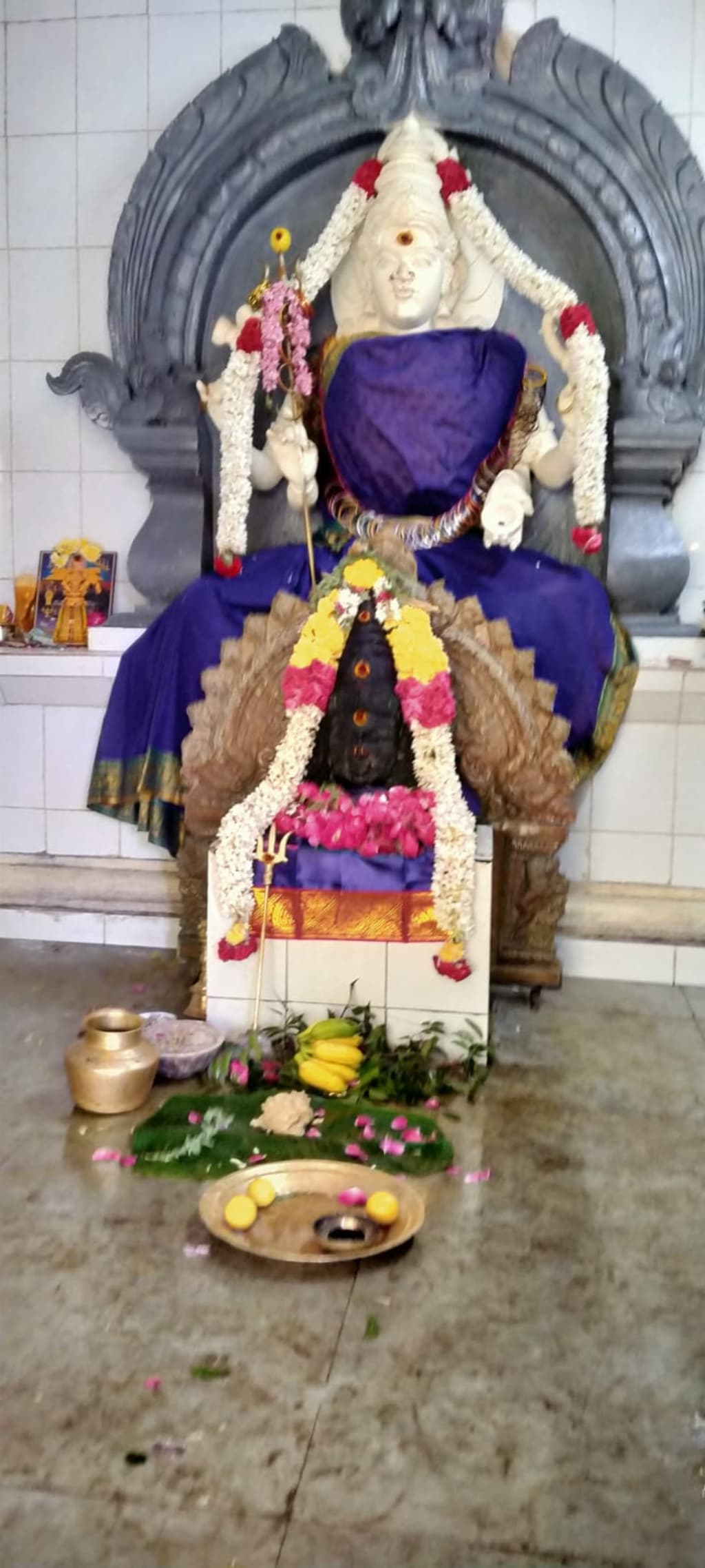Indian temple statue
Details about indian temple statue

History of indian temple statue
The history of Indian temple statues dates back to ancient times, with the earliest known examples dating to the Indus Valley Civilization (2600-1900 BCE). However, the tradition of temple sculpture really flourished during the Gupta period (4th-6th centuries CE) and continued to develop over the centuries that followed.
The temples of India were traditionally built to house the deities of the Hindu pantheon, and the statues within these temples were seen as physical embodiments of the divine. Sculptors were highly revered in Indian society, and the creation of temple statues was considered a sacred art form.
In the early centuries CE, the style of Indian temple sculpture was characterized by a sense of realism, with artists creating lifelike depictions of the gods and goddesses. However, over time, the emphasis shifted towards a more symbolic representation, with the focus being on conveying the spiritual essence of the deity rather than their physical form.
The Gupta period saw the development of the classical Indian style of sculpture, which was characterized by a sense of grace and proportionality. This style continued to evolve over the centuries, with each region of India developing its own unique style of temple sculpture.
One of the most notable examples of Indian temple sculpture is the Khajuraho group of monuments, which were built between the 9th and 11th centuries CE. These temples are renowned for their intricate carvings, which depict scenes from Hindu mythology, as well as everyday life in ancient India.
Today, the tradition of temple sculpture continues in India, with artists still creating beautiful statues and carvings for temples across the country. These works of art are not only important religious objects, but also valuable cultural treasures that provide insight into the rich history and artistic traditions of India.
Types of temple statue
There are several types of temple statues found in various cultures and religions around the world. Here are some examples:
Deity statues: These are statues of gods or goddesses who are worshipped in the temple. They may be made of various materials such as stone, metal, wood, or clay.
Guardian statues: These statues are often placed at the entrance of a temple to protect it from evil spirits or demons. They may be in the form of lions, dragons, or other mythical creatures.
Bodhisattva statues: In Buddhism, bodhisattvas are enlightened beings who have chosen to remain in the world to help others attain enlightenment. Bodhisattva statues are often depicted with multiple arms and serene expressions.
Guru statues: In Hinduism, gurus are spiritual teachers who guide their followers on the path of enlightenment. Guru statues may depict a specific guru or be more generic, representing the idea of a guru.
Ancestor statues: In some cultures, temples may have statues of ancestors or deceased loved ones to honor their memory and seek their blessings.
Symbolic statues: These statues may represent concepts such as peace, love, or wisdom, rather than specific deities or beings.
Animal statues: Some temples may have statues of animals that are considered sacred in their culture or religion, such as cows in Hinduism or elephants in Buddhism.
Top secret about indian temple statue
As an AI language model, I do not have access to any classified or top secret information. However, I can provide some interesting facts about Indian temple statues:
The statues in Indian temples are not just decorative objects, but are considered to be living deities. According to Hindu belief, the statues are infused with the divine presence of the gods and goddesses they represent.
Indian temple statues are not always made from stone or metal. In some cases, they are made from organic materials such as wood, and may even be covered in fabrics and jewelry.
The process of creating a temple statue is highly ritualized and involves many steps. It begins with the selection of the appropriate materials, followed by the carving or molding of the statue, and ends with a series of consecration ceremonies.
Many Indian temple statues are covered in intricate carvings and sculptures that depict scenes from Hindu mythology. These carvings are not just decorative, but are also meant to convey important spiritual teachings.
Some Indian temple statues are incredibly large and can weigh many tons. These statues are often carved from a single piece of stone and transported to the temple site using elaborate systems of ramps and pulleys.
Indian temple statues have played an important role in the preservation of India's artistic and cultural heritage. They are not just religious objects, but also valuable works of art that provide insight into India's rich history and artistic traditions.
About the Creator
Enjoyed the story? Support the Creator.
Subscribe for free to receive all their stories in your feed. You could also pledge your support or give them a one-off tip, letting them know you appreciate their work.





Comments (4)
Your blog is simply the best source of inspiration and knowledge I've found online https://bulletforcgames.org
A very nice blog, I like the way you share very honestly and interestingly, through my blog I learned a lot of things. https://fngames.co
It's been a few years since the game https://heardlewordle.io came out, but I still love this game very much, I can play them anytime, anywhere, even for just a few minutes, it helps me recharge.
Hi vinoth, I follow you.please follow me back.